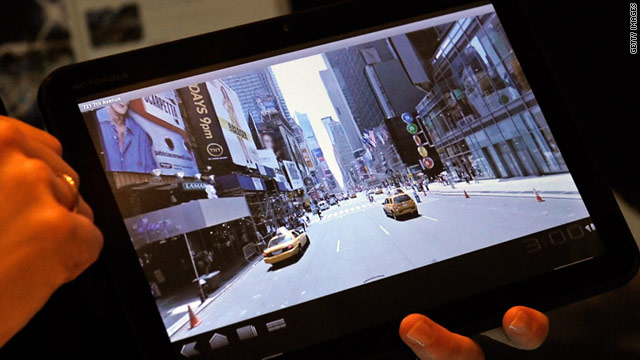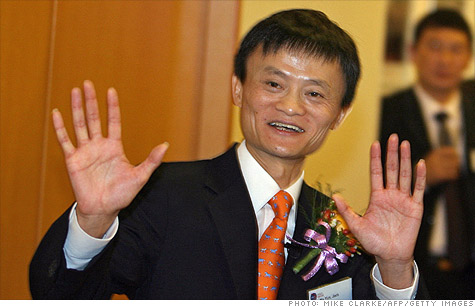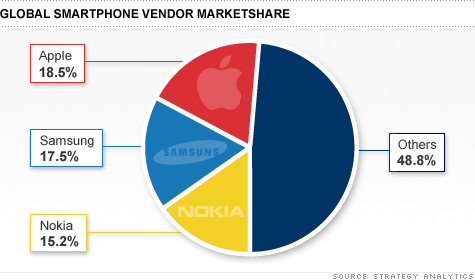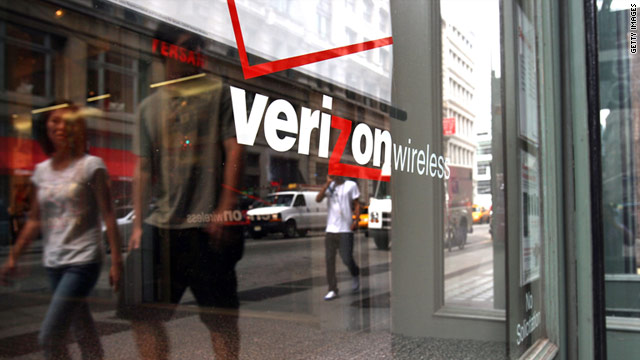When the owner of the Hillbrook Inn went looking for ways to boost business, she turned to a new and increasingly popular tool: daily deal sites like LivingSocial and Groupon.
The 10-guestroom bed and breakfast near Charles Town, West Virginia, listed a one-night stay on LivingSocial in March for half off the usual rate. Owner Carissa Zanella and her staff weren't waiting long for responses.
"It was a mad rush," said Zanella. "We had two computers and three phones and employees waiting to answer. We were answering nonstop, to the point that we had messages backed up on our machine."
The Hillbrook Inn's experience is not unique. As daily deal sties continue to grow in popularity, businesses are turning to them as a way to bring in new clients. At the same time, however, some merchants feel overwhelmed by the rush for discounts and are questioning whether the bottom-line boost is worth the logistics headache.
Once Zanella's surge of new bookings subsided, it was clear to her that she wasn't fully prepared for the sudden rush of interest. Before the deal ran, Zanella found herself questioning whether it was going to be worth it. Now, she said she believes LivingSocial should provide small businesses with more information on what to expect.
"I don't feel they gave us enough information on that," she said. "It happens so fast. I expected people to call, but I did not expect buyers to not look at our website before they purchased the deal."
The inn sold 498 one-night stays in the six days the deal was listed. But as people kept calling, its cramped, two-desk office began shrinking under the growing paperwork. Rooms began to fill up, and hopeful vacationers were told the Hillbrook was booked solid on the date they wanted to redeem their voucher.
Marie Griffin, communications director for LivingSocial, said the company does try to manage merchants' expectations.
"Once we have crafted that deal, we essentially give them a little welcome kit," she said. "What that welcome kit does is help prepare them for what will happen once the deal runs."
Griffin said the kit includes tips on how to prepare websites and phone systems, along with different options for accepting the LivingSocial vouchers. It also suggests businesses have a meeting with staff and prepare them for the spike in interest.
"You may need to bring in extra help," Griffin said. "You are going to have higher call volume, higher traffic to your website."
But not all merchants have a staff waiting to handle the rush in calls. Laura West is owner of BellaWest Eco-Friendly Salon and runs the appointment-only business in Alexandria, Virginia, by herself. A month after she offered discounted services on Groupon, she said the phone still rings off the hook and the e-mails haven't stopped.
In all, West sold 276 half-price haircuts, a number that she said is pushing her to the limit. West was hoping to sell 400 haircuts through Groupon, but in retrospect said, "If I had sold 400, it would have crushed my business."
West said it's the last deal she'll do with Groupon, but not because of the rush in business. West said the Groupon sales representatives were unprofessional and she was rushed into finalizing the deal.
"I was having second thoughts if I wanted to run it and I was taking my time. Next thing you know, she (the Groupon representative) sends an e-mail saying, 'This is how it is going to run.' "
Groupon spokesperson Julie Mossler disputed West's claims.
"Deals do not run on Groupon without 100% approval from the business owner, from deal structure to fine print to editorial content. We have a very specific editorial voice that our consumers trust, devoid of words like 'best' and instead pointing to third-party reviews," she said.
"It can be unnerving for a business to 'hand over the keys' to their writeup, but ultimately they understand that it benefits us both."
West said she is worried that her discounted rates, coupled with the cut that Groupon takes, won't leave enough profit to make the deal worthwhile. LivingSocial and Groupon do not disclose the size of their fee, but some merchants reported it was between 30% and 50%.
Groupon's chief rival, LivingSocial, was founded two years ago in Washington. In that time, it has grown rapidly, expanding into more than 250 markets in 12 countries. The company values itself between $10 billion and $15 billion.
The market for daily deal coupon sites continues to grow. Groupon has filed for an initial public offering of $3 billion, valuing the company at $30 billion. Internet stalwarts like Facebook and Google have begun offering users daily discounts, too. And a recent report by Local Offer Network said more than 320 daily deal sites operate in the United States.
To date, LivingSocial said it has helped sell more than 400,000 stays at hotels, motels and inns across the United States. While Griffin did acknowledge some merchants had been stretched by the rush, she also said, "We have had a great response from large properties, as well as bed and breakfasts, saying that they brought in a whole new demographic."
Not all establishments have been overwhelmed like the Hillbrook Inn. On July 13, LivingSocial listed a two-night stay at the 1890 Caroline House in Fredericksburg, Virginia. A day after the listing, Bonnie DeLelys, the owner of the inn, said the surge in business was welcome.
"We have two people at the desk, so I think we are handling it well," she said. "But the phone has been ringing, just boom, boom, boom." She said LivingSocial prepared her well for what to expect.
In total, the 1890 Caroline House sold 225 packages, a number DeLelys said she was very happy with.
Many merchants may not make much money on the initial deal. Instead, they hope to be introduced to new return customers who will make up in the long term for the short-term losses.
Some research shows that merchants may not reach that goal, however.
A Rice University study reported that 19.9% of deal users returned after using a deal. "By their very nature, daily deal promotions appear to be limited in their abilities to attract free-spending consumers and to convert deal users into repeat buyers with the propensity to be relational with, and loyal to, the business afterwards," wrote Utpal Dholakia, an associate professor of management at Rice.
LivingSocial said they regularly have merchants return to do deals again.
The Hillbrook Inn said it is still feeling a bump in business months after the deal was listed. With repeat customers already coming back for longer stays, Zanella said that while she was skeptical before listing with LivingSocial, she is pleased with the results. She's even working with the digital-coupon company to offer another deal in the near future.



























